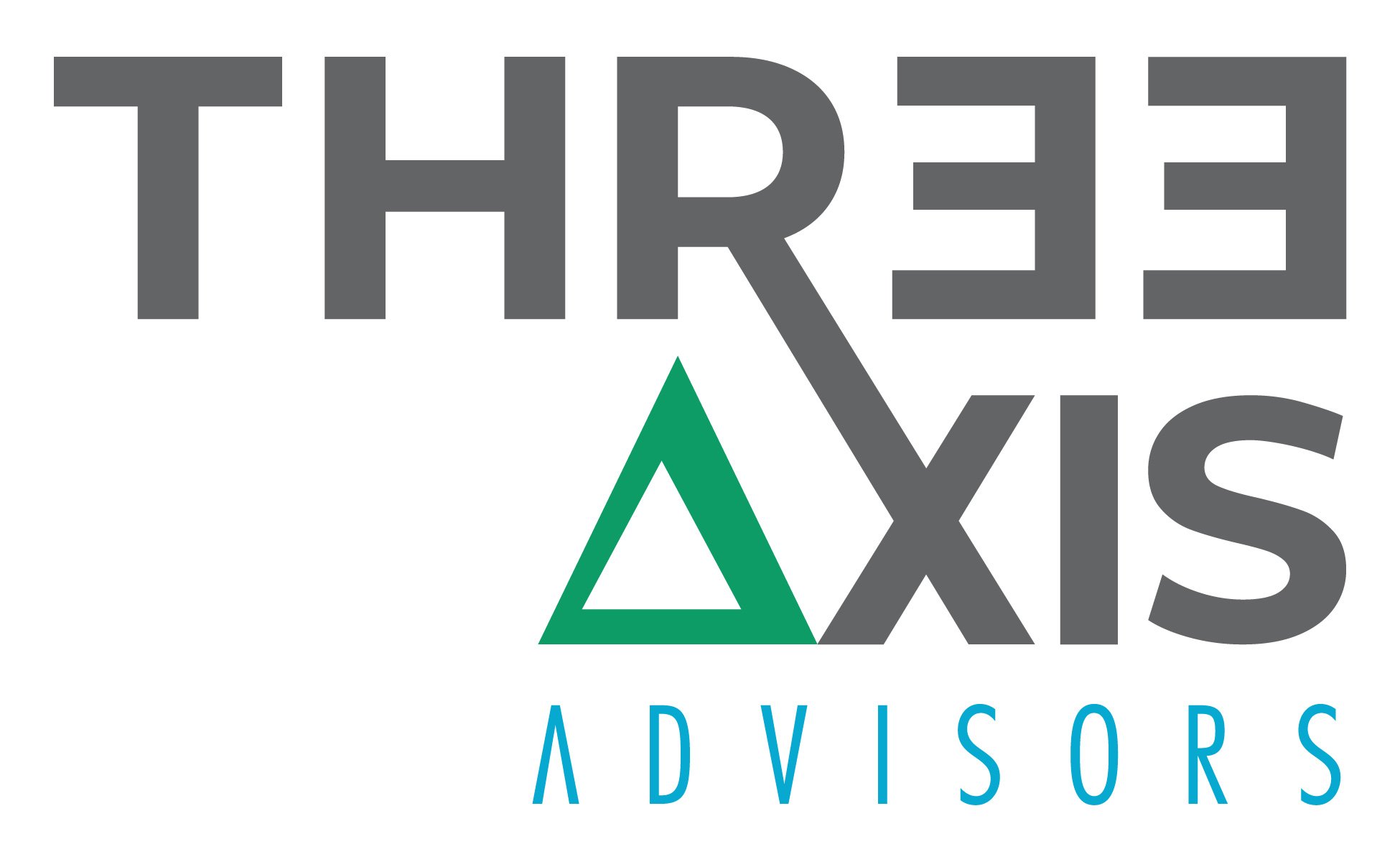Understanding the Evolving Business Models and Revenue of Pharmacy Benefit Managers
Pharmacy benefit managers (PBMs) are situated at the center of the U.S. pharmaceutical ecosystem, overseeing pharmacy benefits on behalf of payers, including employers, multi-employer and other health plan sponsors, and public and private insurers, for the vast majority of individuals with prescription drug coverage. While the primary role of PBMs is to provide administrative services to payers, revenue flows to PBMs from multiple stakeholders in the supply chain, not just their clients.
Given that PBMs claim to be the “only members of the prescription drug supply chain that are working to lower drug costs,” discussions concerning PBMs’ impact on the market can be informed by a better understanding of the overall financial incentives driving PBM behavior, as well as possible sources of conflict with their assertion.
With that in mind, 3 Axis Advisors, in coordination with the PBM Accountability Project, conducted an extensive analysis that reveals how PBMs utilize multiple avenues and business activities to exert influence over, and derive revenue from, others in the pharmaceutical supply chain.
While our analysis of publicly available data shows that total PBM gross profit increased over the study period, it also shows that the sources of PBM revenue have shifted due to changes in contracting practices, competitive pressures, and public scrutiny. Looking ahead, in accordance with trends based on observed data and our survey conducted for this study, we can expect that PBMs’ revenue sources will continue to evolve in response to changing market dynamics.
KEY FINDINGS
The newly released report, entitled “Understanding the Evolving Business Models and Revenue of Pharmacy Benefit Managers,” found:
Overall, gross profit (defined as revenue minus the cost of goods sold) increased by 12%, from $25 billion in 2017 to $28 billion in 2019.
Between 2017 and 2019, PBMs adapted their business model to rely more on revenue collected through fees assessed on manufacturers and payers and gross profit on prescriptions filled through affiliated mail order and specialty pharmacies, while shifting away from a dependence on retained rebates.
Gross profit from retained rebates paid by manufacturers decreased from $4 billion in 2017 to $1.6 billion in 2019.
Gross profit from retained administrative fees paid by manufacturers increased by 51%, from $3.8 billion to $5.7 billion over the study period.
Gross profit from PBM-owned mail order and specialty pharmacies increased from $8.9 billion in 2017 to $10.1 billion in 2019.
Gross profit from other sources increased from $8.5 billion in 2017 to $10.7 billion in 2019.
It is notable that available financial data proved insufficient to fully describe the source of nearly 40% of PBMs’ total gross profit. Exploration of all publicly available data, an extensive review of the literature and our survey of industry insiders cast little light onto specific gross profit derived from a variety of PBM business practices that include, but may not be limited to, spread pricing, pharmacy fees and clawbacks, fees collected from payers, and other non-administrative fees collected from manufacturers.
In a limited survey with industry insiders conducted for this study:
A majority disclosed that they expect revenue to increase from total fees PBMs collected from payers.
Half disclosed that they expect revenue to increase from both effective rate arrangements with pharmacy networks and fees collected from manufacturers.
Thanks to the PBM Accountability Project for their collaboration on this insightful research report.
OTHER COVERAGE
PBMs are profiting at expense of consumers and other stakeholders, group alleges
BenefitsPRO, 12/8/21
Centene hands over millions to another state as Medicaid PBM oversight rises
Modern Healthcare, 12/7/21
Pharmacy benefit managers are outwitting attempts at accountability, tougher rules
Columbus Dispatch 12/2/21
